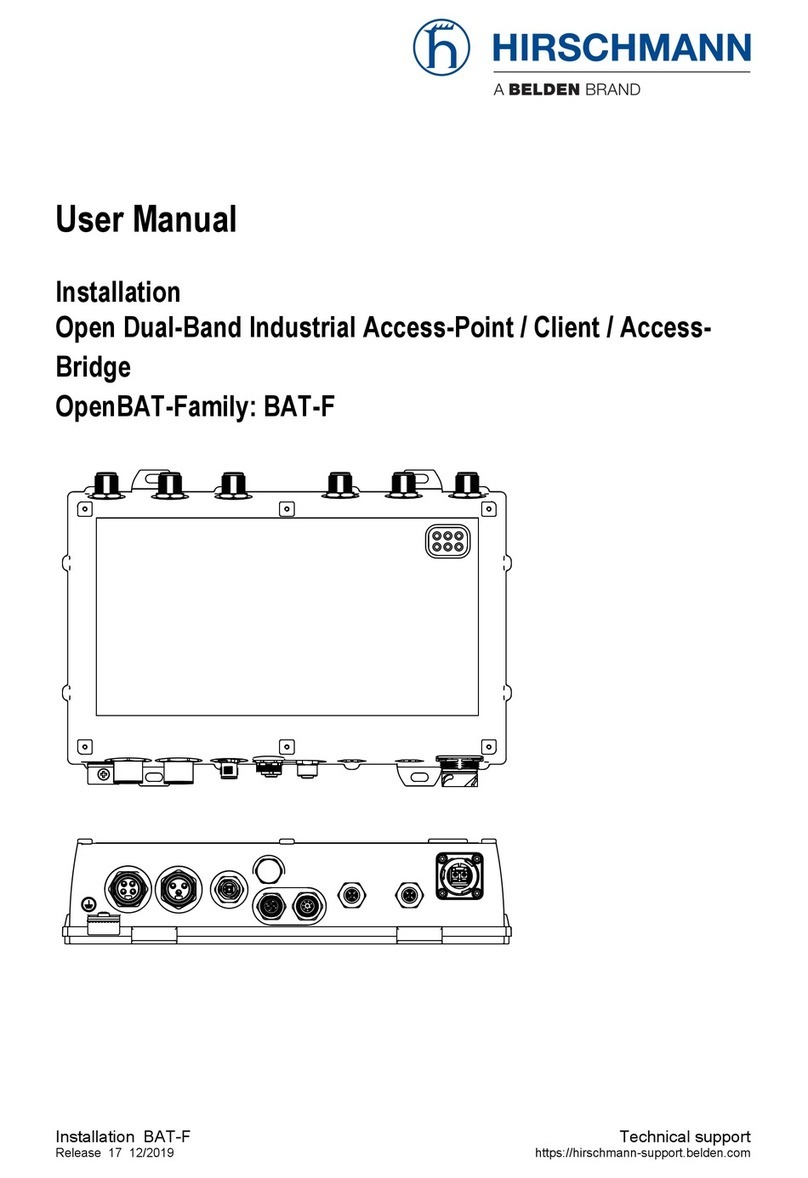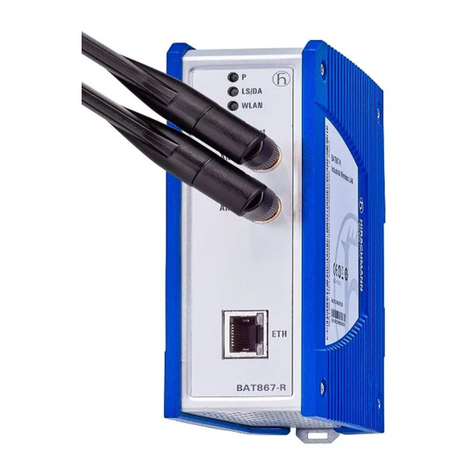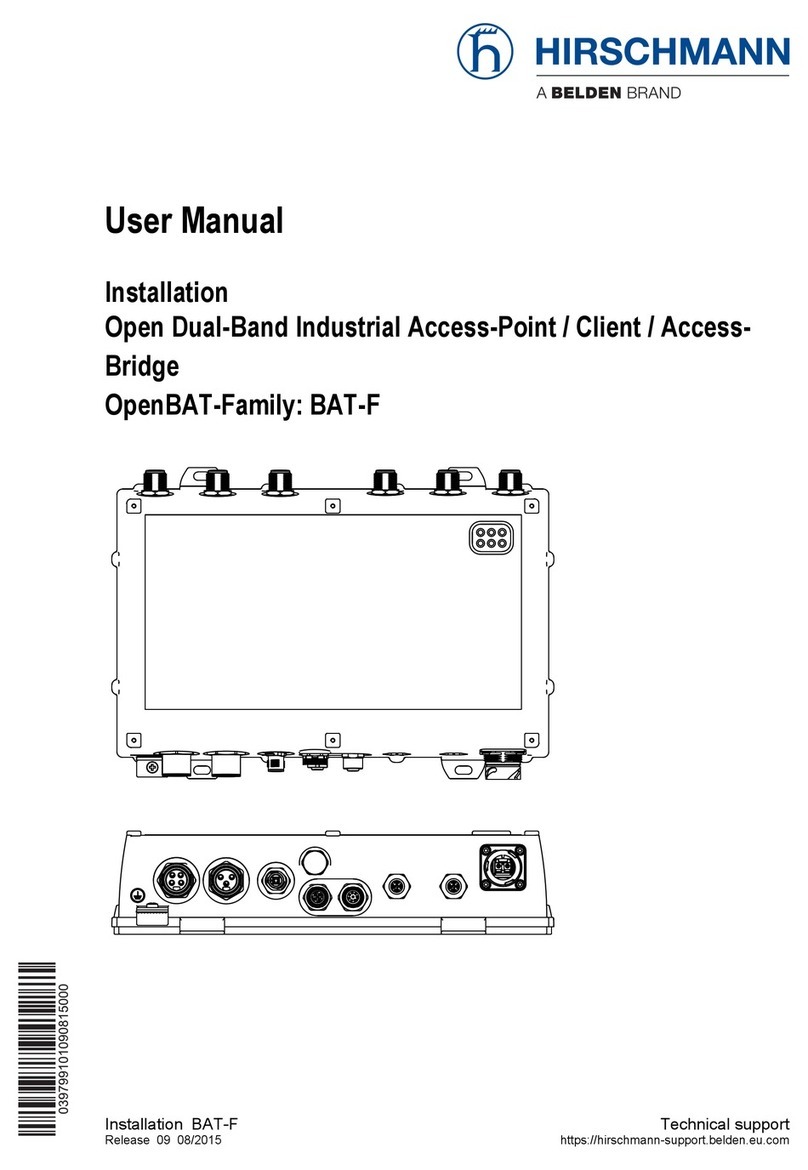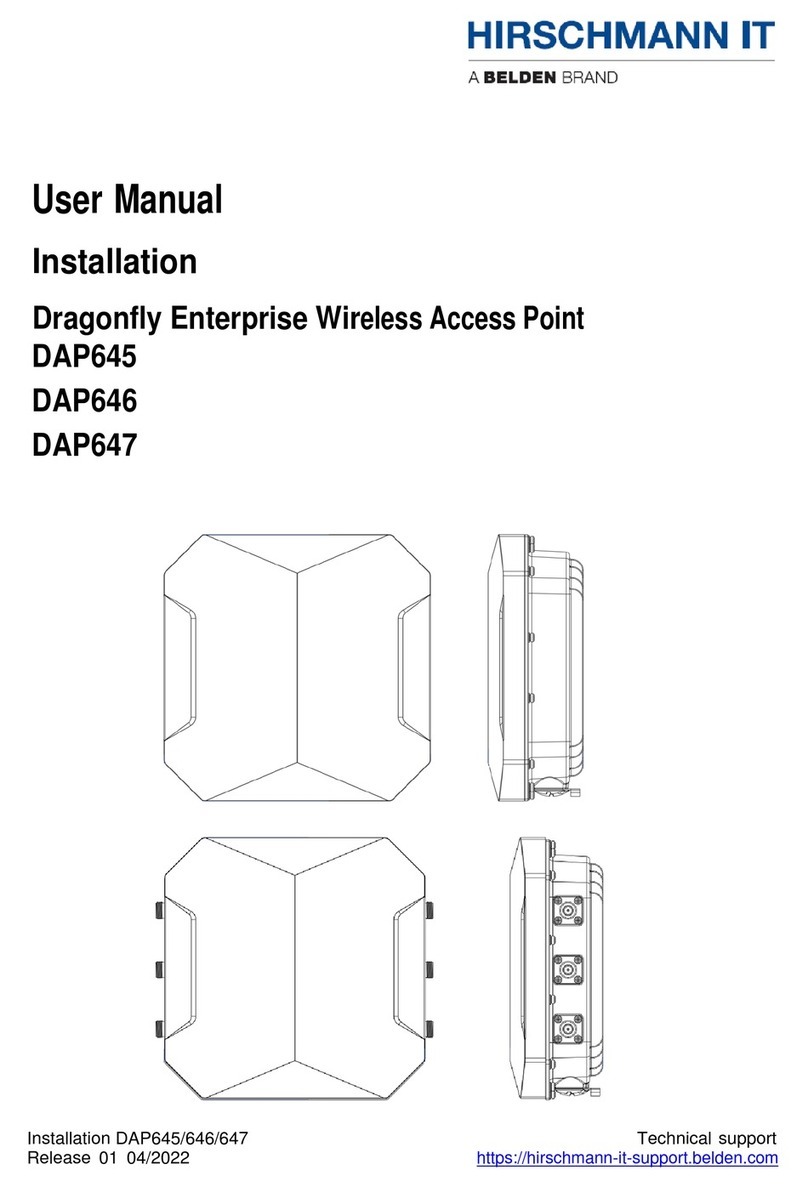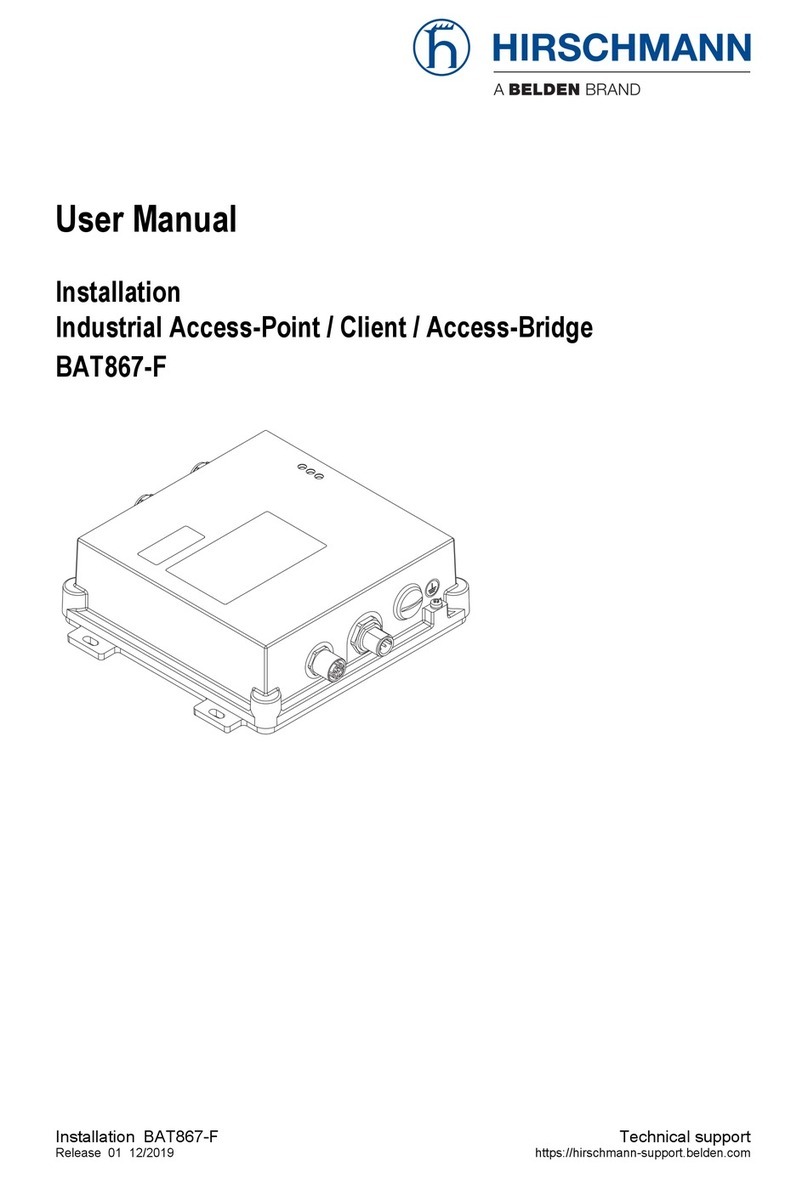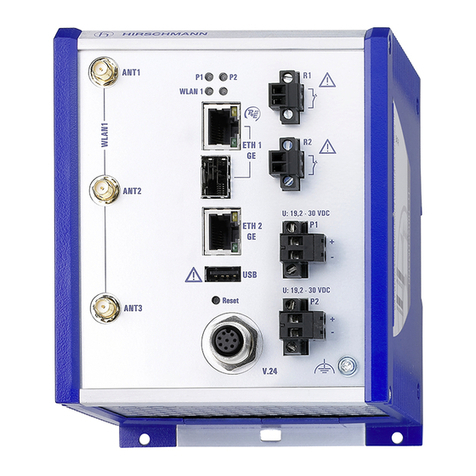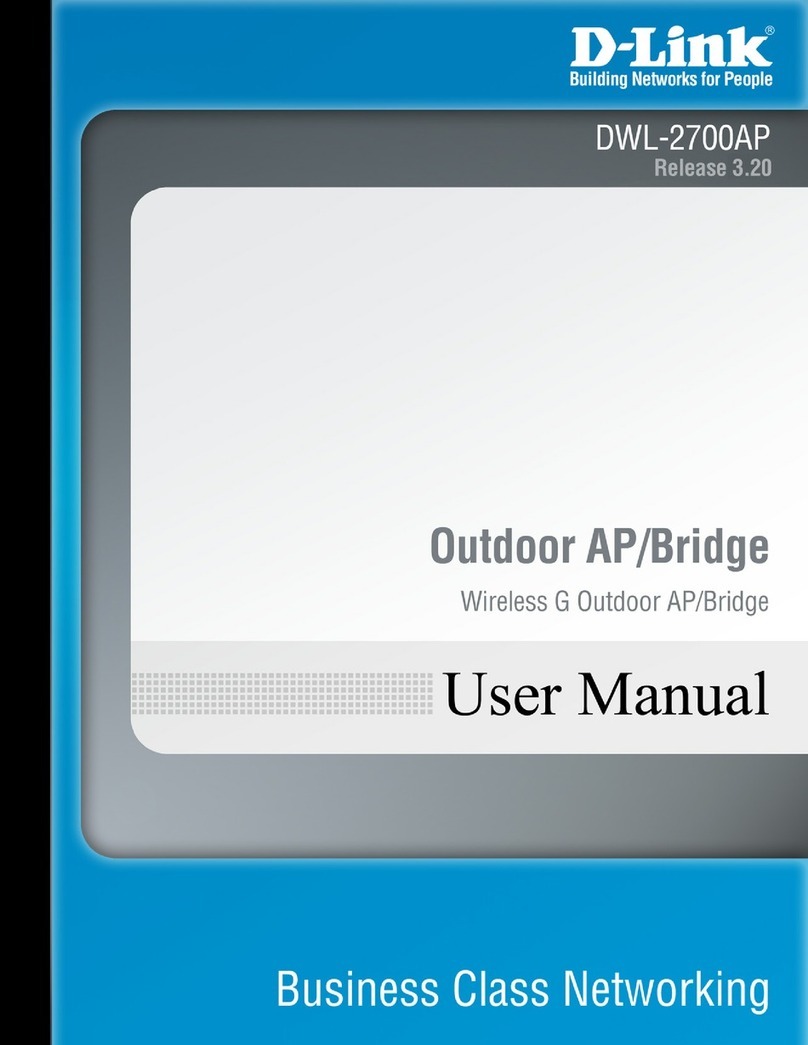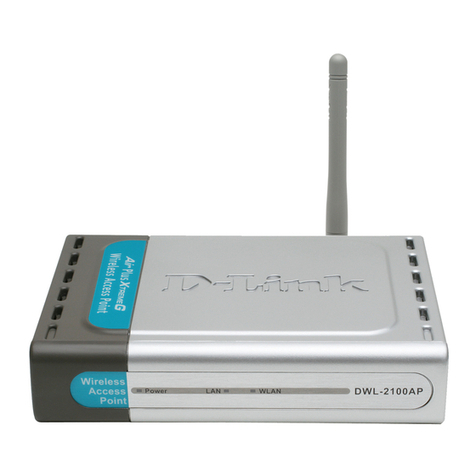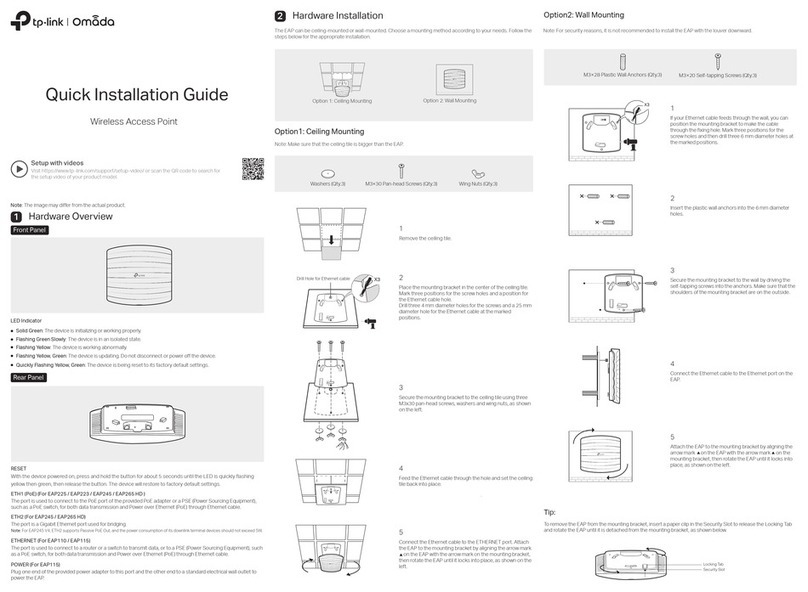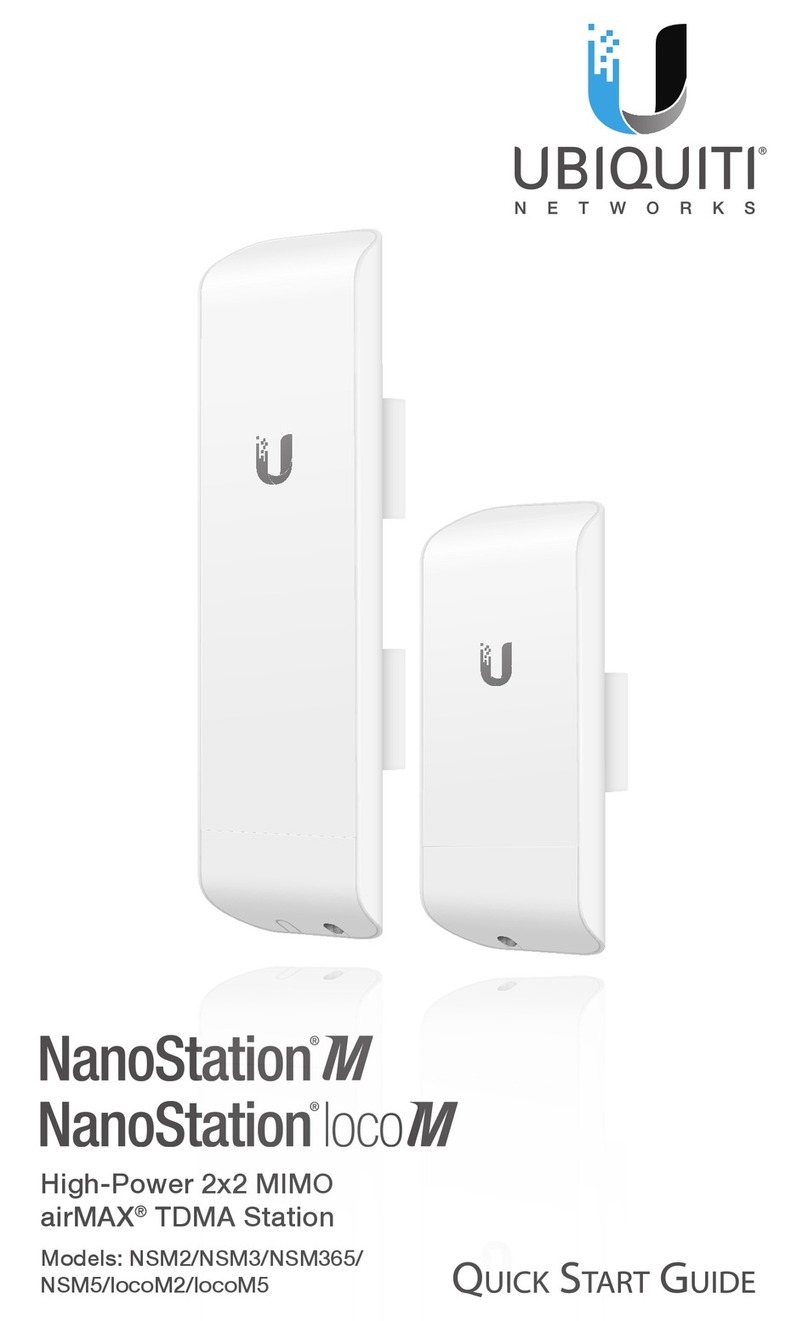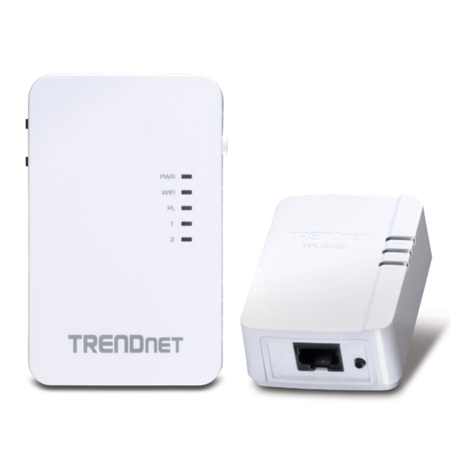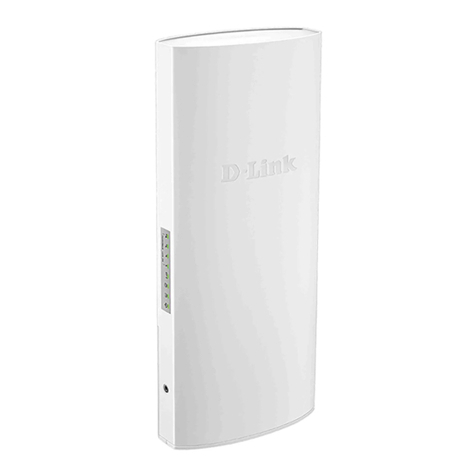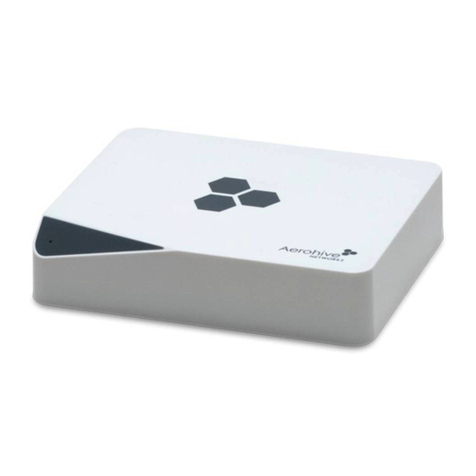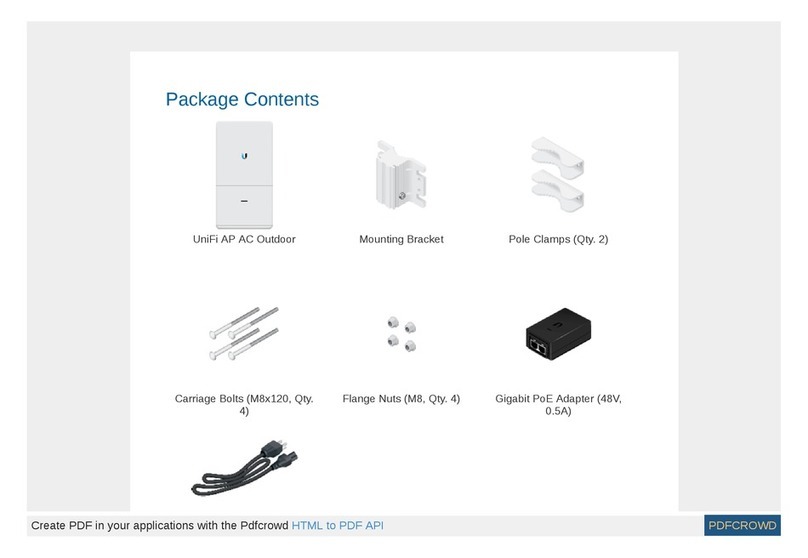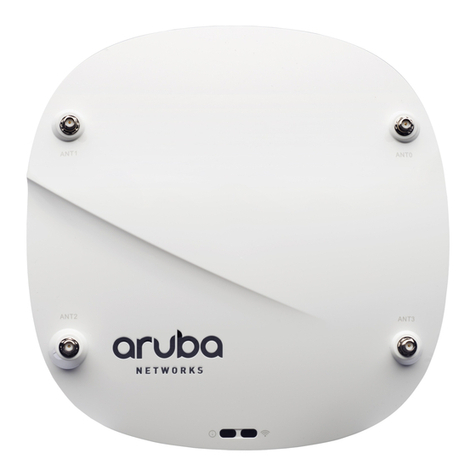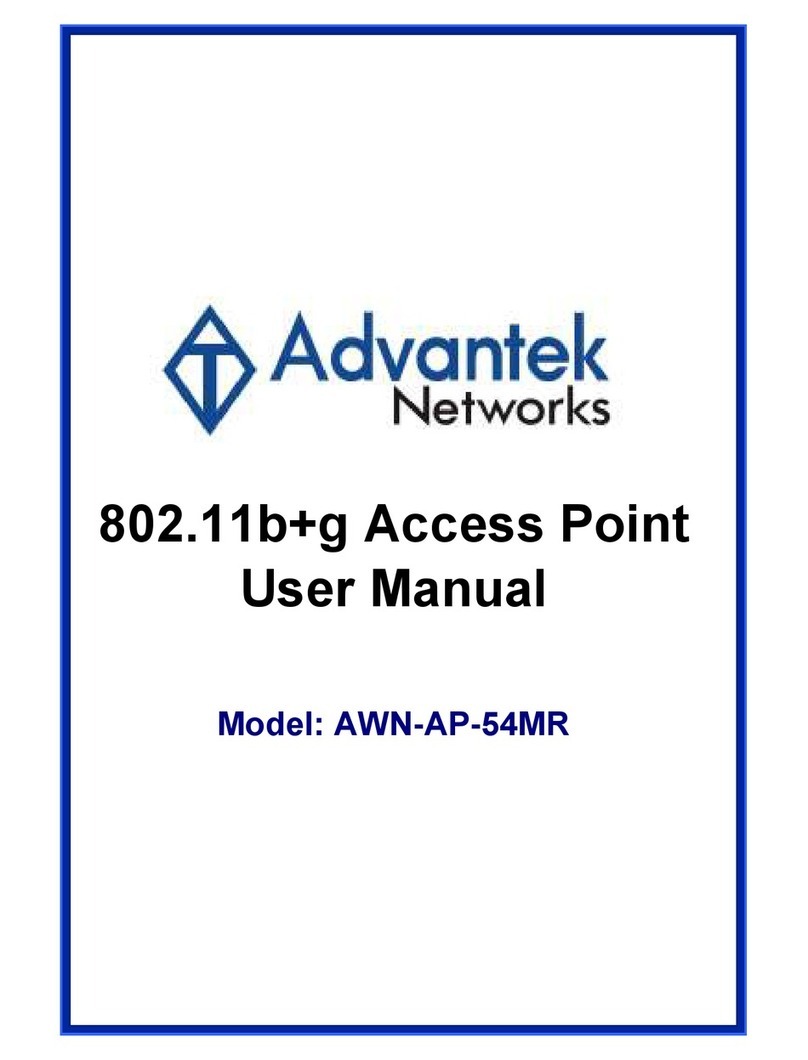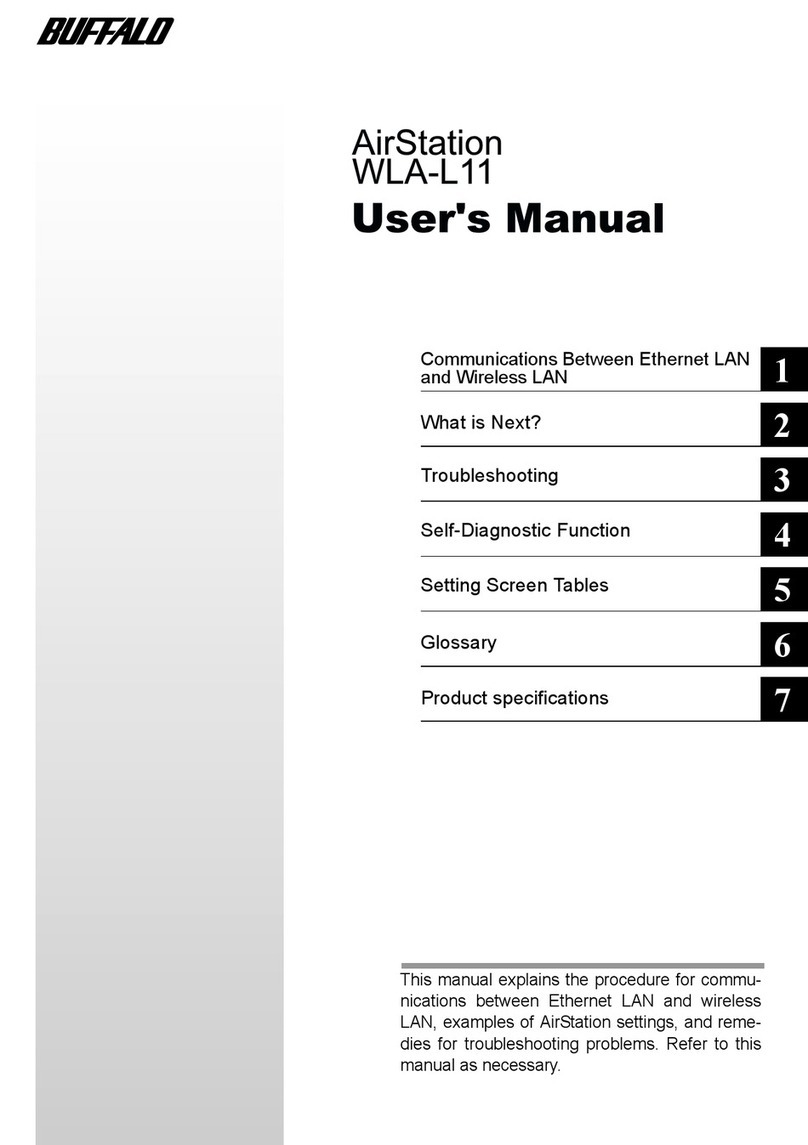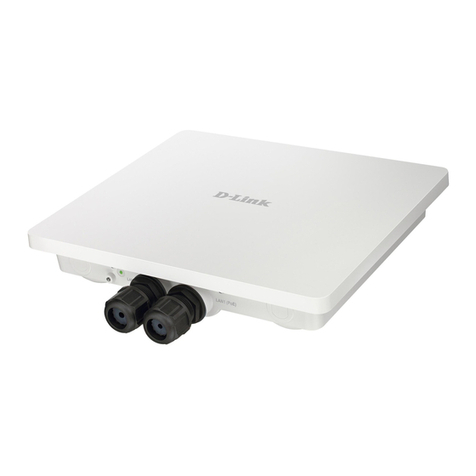8
🞍Requirements for connecting electrical wires
Before connecting the electrical wires, always verify that the
requirements listed are complied with.
▶The electrical wires are voltage-free.
▶The cables used are permitted for the temperature range of the application case.
▶The voltage connected complies with the requirements for a safety extra-low voltage (SELV)
ES1 as per IEC/EN 62368-1
Table 1: Requirements for connecting electrical wires
🞍Requirements for connecting the supply voltage
Only for device
powered by 48 V DC All of the following requirements are complied with:
▶The supply voltage corresponds to the voltage specified on the type
plate of the device.
▶The power supply conforms to overvoltage category I or II.
▶The power supply has an easily accessible disconnecting device (for
example a switch or a plug). This disconnecting device is clearly
identified. In the case of an emergency, it is clear which
disconnecting device belongs to which power supply cable.
▶The power supply cable is suitable for the voltage, the current and the
physical load. Hirschmann recommends a wire diameter of 0.25 mm²
(AWG24) to 0.75 mm²(AWG19).
Only for device
powered by 48 V DC
The following requirements apply alternatively:
Alternative 1 The power supply complies with the requirements fora
limited power source (LPS) PS2 according to IEC/EN
62368-1.
Alternative 2 Relevant for North America:
The power supply complies with the requirements
according to NEC Class 2.
Alternative 3 All of the following requirements are complied with:
▶The power supply complies with the requirements
for a safety extra-low voltage(SELV) ES1 according
to IEC/EN 62368-1.
▶A suitable fuse is located in the plus conductor of the
power supply.
